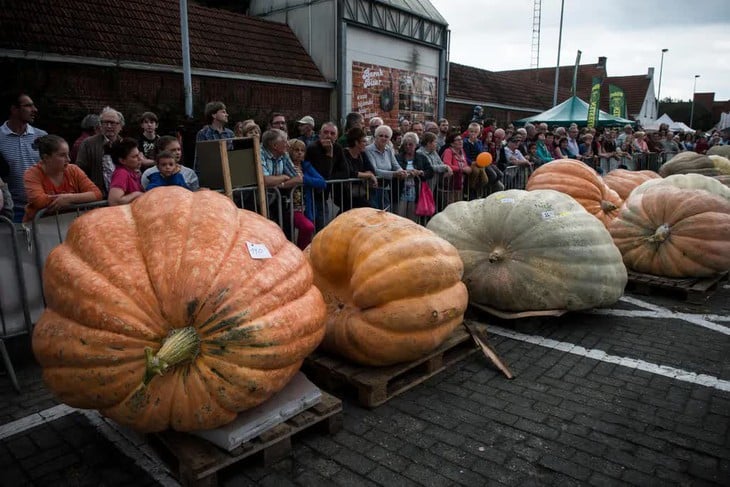
Pumpkins possess unique biological characteristics, including the ability to grow indefinitely to a resilient rind and a "super-fast" vascular system, making them the "giants" of the plant world . - Photo: Wiktor Dabkowski/dpa/Corbis
Every fall, giant pumpkins weighing over a ton appear, astonishing people, while the world's largest blueberry weighs less than 30 grams. Why is it that, despite being fruits, one species can grow to record-breaking sizes while the other remains tiny?
According to botanists , pumpkins (a type of gourd) possess rare biological characteristics that allow them to grow to "giant" sizes, something other fruits, such as apples or blueberries, cannot do.
Giant pumpkins belong to the Cucurbita maxima genus, often referred to as "Atlantic Giant" or "Mammoth" varieties, which have been bred over generations to increase size. The key is that they are "indeterminate" plants, meaning they have no natural growth limit. While many plants (called "determinate") stop growing once they reach a certain size, pumpkins continue to grow indefinitely if conditions permit.
Professor Vikram Baliga, an agronomist at Texas Tech University, explains: "When a plant needs more energy to nourish its fruit, it simply grows more leaves and stems. There is no 'genetic bottleneck' that forces it to stop."
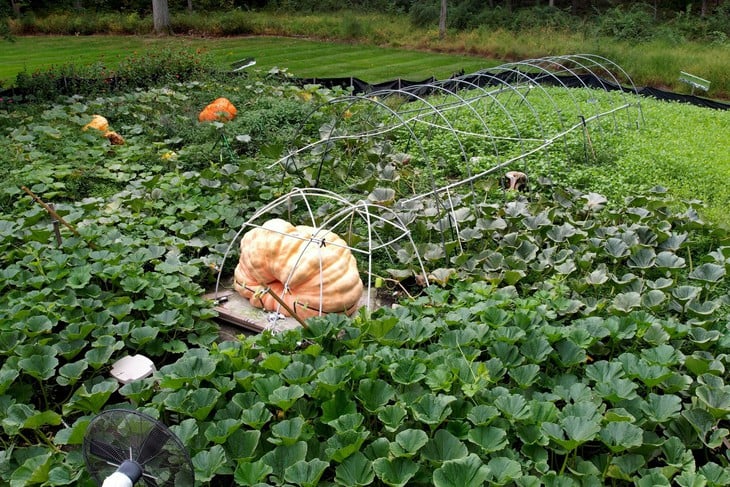
The pumpkins selected for the competition are usually given special care - Photo: Shelby Lum
According to Live Science, giant squash growers often remove all the other squashes, leaving only one on the vine. This causes all the plant's nutrients to be concentrated in this "single offspring," making it swell at an incredible rate, potentially gaining up to 20kg per day during peak growth.
Theoretically, this method could also be applied to other fruits like peaches or apples, but when their weight increases too much, they will fall from the branch due to gravity. Pumpkins are different; they lie on the ground, so there's no fear of them falling or breaking.
Another advantage of pumpkins is their hard yet elastic rind, allowing them to expand without cracking. If the rind is too soft, the fruit will collapse under its own weight; if it's too hard, it will crack as it grows. Growers must adjust sunlight, temperature, and humidity to maintain the right level of elasticity in the rind for the expansion process.
Biologist Jessica Savage of the University of Minnesota Duluth says giant pumpkins also have a "super-efficient" vascular system, with more phloem tissue than regular pumpkins. This helps transport sugar and nutrients to the fruit faster, like opening up more "highway lanes" for energy flow.
Despite possessing many biological advantages, giant pumpkins are the result of centuries of selective breeding, where humans only retained individuals with the potential for greater size. Unlike fruits selected for sweetness or color, giant pumpkins were "bred" purely for size.
As a result, every fall, these "orange giants" appear at American agricultural fairs, where a single pumpkin can weigh more than a small car.
Experts believe the limits of pumpkins are yet to be reached. "Perhaps one day we'll see a pumpkin weighing up to 2 tons," Professor Savage said. "Humans are still finding ways to make them even bigger."
Source: https://tuoitre.vn/bi-mat-sinh-hoc-khien-bi-ngo-phinh-to-nhu-o-to-con-viet-quat-nho-xiu-20251028100016145.htm


























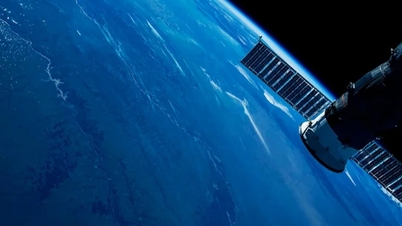








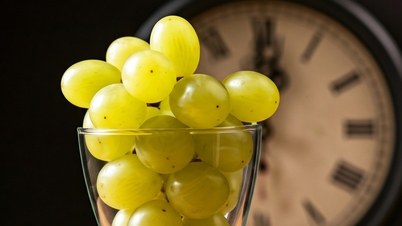


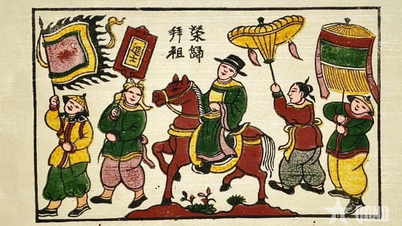

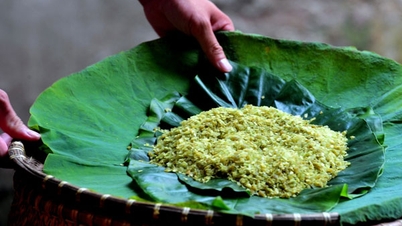






















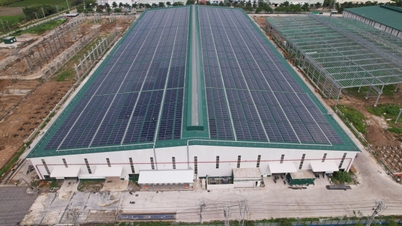















































Comment (0)